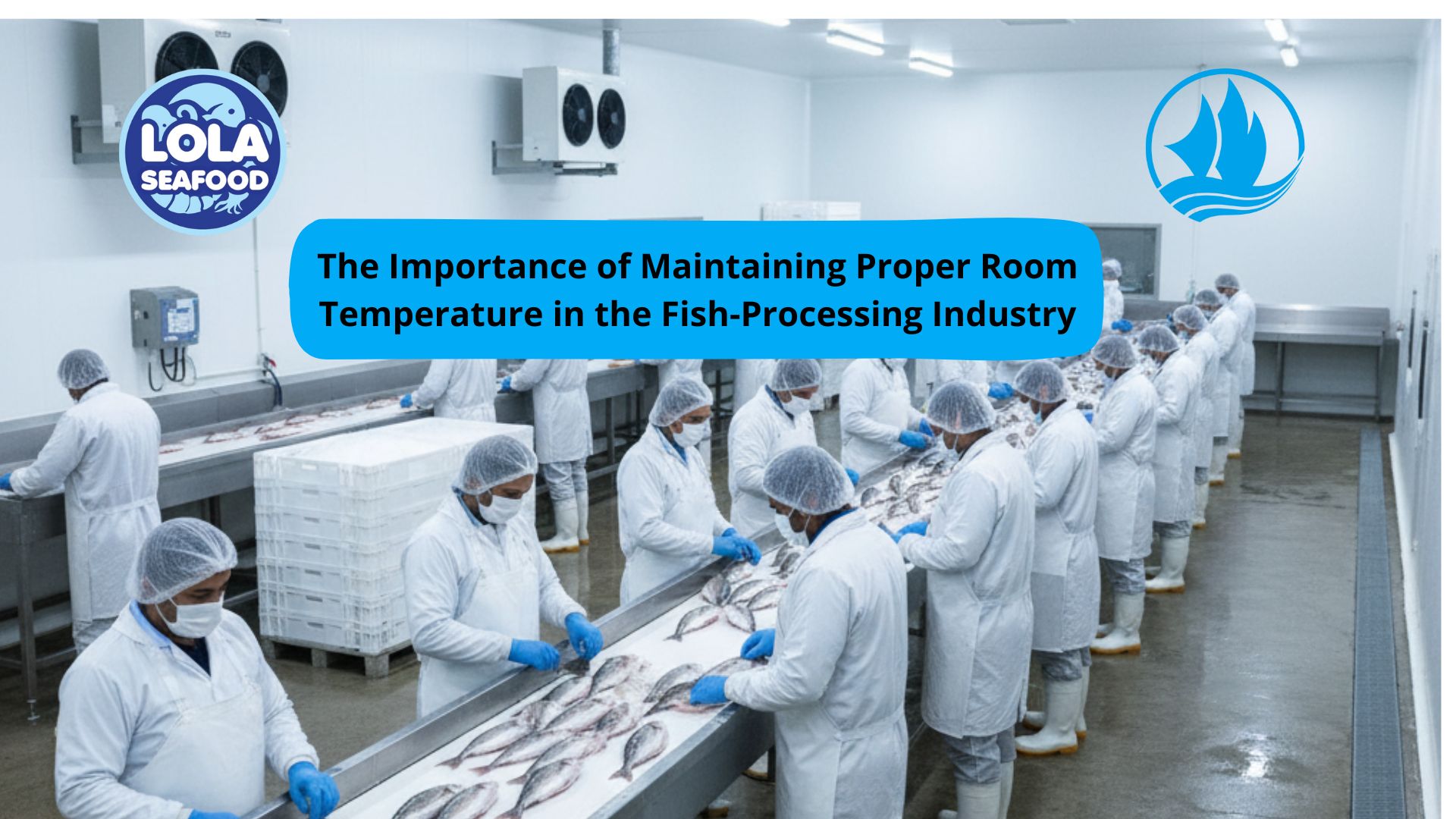Fish Preservation by Smoking: Traditional Method, Process, and Benefits
By. Puji Widyastuti - 06 Nov 2025
kelolalaut.com Fish is one of the most important sources of animal protein in many parts of the world, especially in tropical countries where fisheries play a major role in food security and local economies. However, fish is also a highly perishable product due to its high moisture content and enzymatic activity. Without proper preservation, fish can spoil within hours after being caught. One of the oldest and most widely practiced preservation methods is smoking, which combines drying and chemical treatment using smoke produced from burning wood. This article discusses the principles, methods, and advantages of fish smoking, as well as its challenges and modern developments.
1. The Concept and Purpose of Smoking
Smoking is a preservation technique that uses heat and smoke from burning materials, typically hardwood, to dry and flavor fish. The process serves two main purposes:
-
Preservation – by reducing moisture content and introducing antimicrobial compounds that inhibit spoilage microorganisms.
-
Flavor enhancement – by imparting a unique smoky aroma and taste to the fish.
The smoke contains various chemical substances such as phenols, formaldehyde, and organic acids, which have antioxidant and bactericidal properties. These compounds help extend the shelf life of fish while improving its sensory qualities.
2. Types of Smoking Methods
There are generally two types of smoking methods used in fish preservation: cold smoking and hot smoking.
-
Cold Smoking
Cold smoking is carried out at low temperatures, usually between 25°C and 40°C, for several hours or even days. The goal is to expose the fish to smoke without actually cooking it. This method produces fish with a firm texture and a long shelf life, as the low temperature allows slow drying and deep penetration of smoke compounds. Cold-smoked products, however, must be stored properly to avoid bacterial contamination. -
Hot Smoking
Hot smoking combines smoking and cooking, using temperatures between 60°C and 80°C. The fish is fully cooked during the process, making it ready to eat. Hot-smoked fish has a moist texture, a rich smoky flavor, and can be stored for several days without refrigeration. In traditional Indonesian processing, this method is commonly used for producing ikan asap from species like mackerel, tuna, and catfish.
Some processors also apply smoke-drying, a combination of hot smoking and sun-drying, to achieve lower moisture content and longer storage time.
3. The Smoking Process
The process of fish smoking generally involves several steps: preparation, salting, smoking, and cooling.
-
Preparation
Fresh fish are cleaned by removing scales, guts, and gills. The fish may be cut into fillets or left whole depending on the species and market preference. -
Salting
Before smoking, fish are usually salted to draw out excess water and improve flavor. Salting can be done by dry salting (rubbing salt directly onto the fish) or brine salting (soaking the fish in saltwater solution). This step helps inhibit bacterial growth and enhances the texture of the flesh. -
Smoking
The fish is placed on racks inside a smoking chamber where wood is burned slowly to produce dense smoke. Woods such as coconut shell, mangrove, or hardwood like teak are often preferred because they produce pleasant-smelling smoke and minimal soot. The smoking duration may range from 4 to 24 hours depending on the desired product type. -
Cooling and Packaging
After smoking, the fish is allowed to cool at room temperature to prevent condensation inside the packaging. The cooled fish is then packed in clean containers, plastic bags, or vacuum-sealed packs to maintain quality during storage and transportation.
4. Nutritional and Sensory Qualities
Smoked fish retains much of its nutritional value, especially its protein and mineral content. The smoking process slightly reduces moisture and fat but introduces additional flavor compounds that enhance palatability. Moreover, the presence of phenolic compounds from smoke can prevent lipid oxidation, which helps maintain the color and taste of the fish.
However, excessive smoking or the use of unsuitable wood can lead to the formation of harmful substances such as polycyclic aromatic hydrocarbons (PAHs), which are potentially carcinogenic. Therefore, controlling temperature, smoke density, and exposure time is essential to ensure product safety.
5. Advantages of Smoking as a Preservation Method
Smoking offers several advantages, especially for small-scale and traditional fish processors:
-
Extended shelf life – Smoked fish can last from several days to several weeks depending on moisture content and packaging.
-
Improved flavor and appearance – The smoky aroma and golden-brown color are highly appreciated by consumers.
-
Low cost – Smoking equipment can be made from simple materials, making it accessible for rural communities.
-
Reduced waste – It allows fishers to preserve their catch and prevent spoilage when refrigeration is unavailable.
In many regions, smoked fish is also a culturally significant product, sold in local markets and used in traditional dishes.



.jpg)

.jpg)

.jpg)
